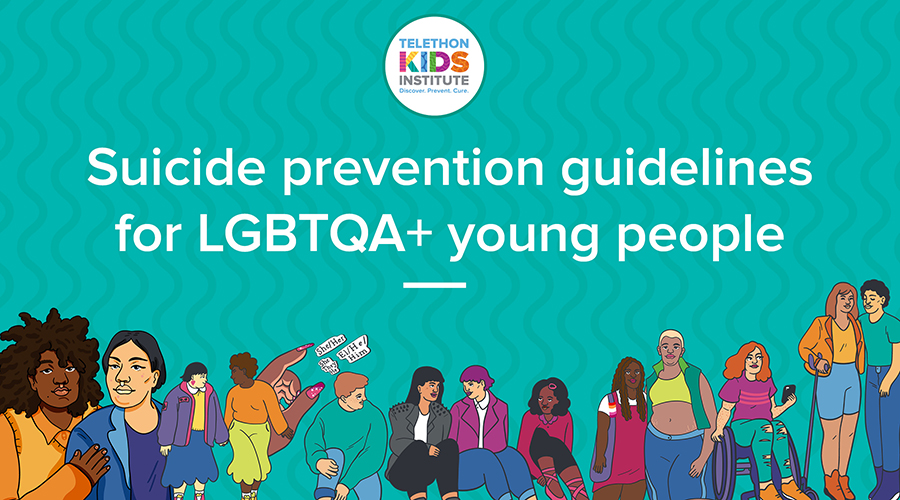Search
Research
Affirming schools, population-level data, and holistic public health are key to addressing mental ill-health and substance use disparities among gender and sexuality diverse young peopleYael Perry BPsych (Hons) MPsych (Clin) PhD Head, Youth Mental Health 08 6319 1298 yael.perry@thekids.org.au Head, Youth Mental Health @yaelperry she/
Research
Physical activity behaviors in trans and gender diverse adults: a scoping reviewThere is currently limited data regarding the physical activity behaviors of trans and gender diverse people (including binary and non-binary identities; henceforth trans). The aim of this review was to synthesize the existing literature in this area, with a focus on physical activity behaviors as they relate to health (e.g. health benefits, risks of adverse health outcomes).
Research
Perinatal psychiatric emergencies in rural Australia: In urgent need of attentionThe burden of perinatal mental illness is a significant global concern, affecting approximately 10–20% of women at this stage of life. It is well recognised that Rural Australia has far less health services and mental health specialists per capita than metropolitan regions.
Research
Reidentification with Birth-Registered Sex in a Western Australian Pediatric Gender Clinic CohortSome young people who identify as transgender and seek gender-affirming medical care subsequently reidentify with their sex registered at birth. Evidence regarding the frequency and characteristics of this experience is lacking.
Research
Experiences of parents of trans young people accessing Australian health services for their child: Findings from Trans PathwaysMany trans young people seek mental health support and gender-affirming medical interventions including puberty suppression, gender-affirming hormones and/or surgeries. Trans young people and their parents face multiple barriers in accessing gender-affirming care and mental health support, however little is known about the parent perspective on accessing services for their trans child.
Research
The Addition of Fish Oil to Cognitive Behavioral Case Management for Youth Depression: A Randomized, Double-Blind, Placebo-Controlled, Multicenter Clinical TrialClinical trials suggest that long-chain omega-3 polyunsaturated fatty acids (n-3 PUFAs) (fish oil) may reduce depressive symptoms in adults with major depressive disorder. Therefore, n-3 PUFAs may be a potential treatment for depression in youth.
Research
Childhood and Adolescence Gender Role Nonconformity and Gender and Sexuality Diversity in Young AdulthoodTo examine whether commonly used items measuring childhood conformity to gender roles are associated with sexual orientation in young adulthood.

News & Events
Poor access to mental health services linked to suicide hotspots: studyCommunities with poor access to mental health services are eight times more likely to be youth suicide hotspots, according to new The Kids Research Institute Australia research.

News & Events
Suicide prevention guidelines to drive better services for LGBTQA+ young peopleResearchers have developed Australia’s first comprehensive guidelines for clinical and community services supporting LGBTQA+ youth.

News & Events
Aboriginal researcher and psychiatrist named joint winner of national mental health prizePioneering Aboriginal psychiatrist, researcher and mental health champion Professor Helen Milroy has been named joint winner of the 2020 Australian Mental Health Prize.
